Votre panier est vide
Besoin d'inspiration ?
Rendez-vous dans le programme en ligne du GrandPalais
Article -
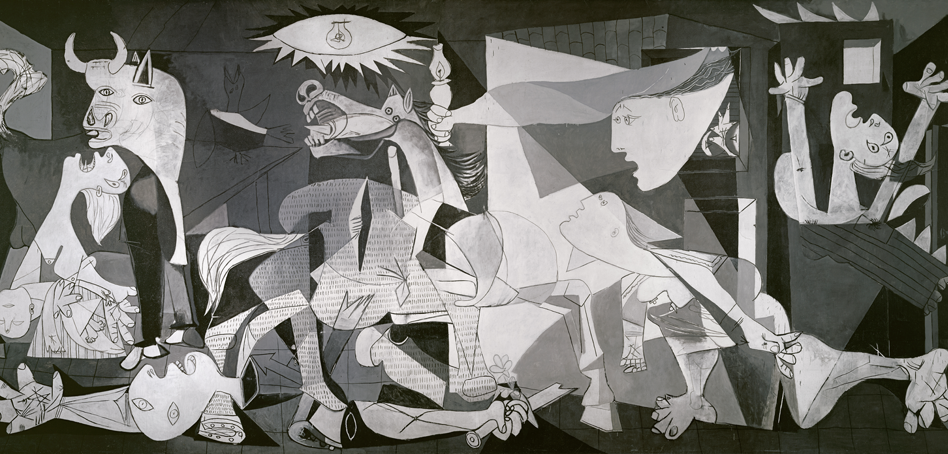
Guernica’s political meaning is derived from the different contexts it was created in.
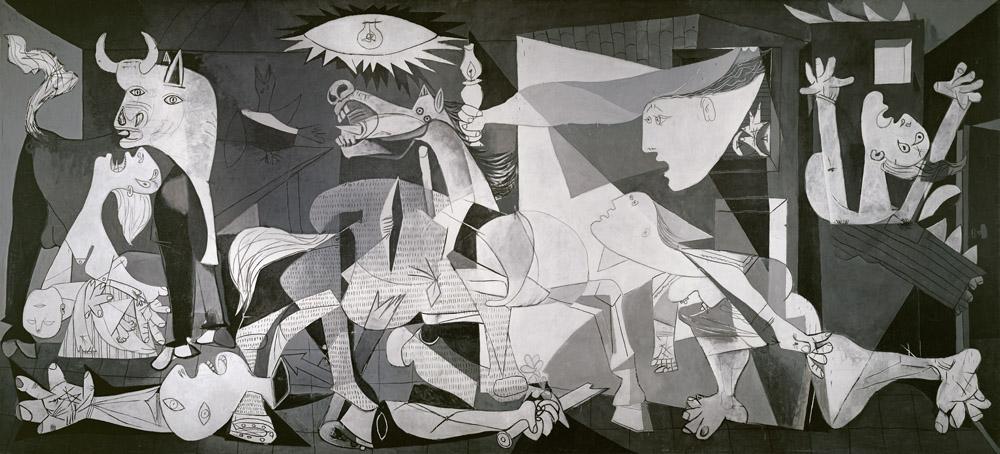
It was first exhibited in the Spanish Pavilion at the International Exposition in Paris. At the time, Spain was fighting a civil war, and the mural was seen as a statement against fascism, totalitarianism and armed conflict. During the post-war period in Europe, when Picasso was politically engaged with the Communist movement, the image was reproduced widely in far-left publications around the world. It was held at MoMA from 1939 onwards. However, the Cold War climate in the United States meant that the artwork’s ability to act as a medium for resistance was only tapped in the late 1960s by artists such as Leon Golub and Rudolf Baranik to protest against the Vietnam War. Following the end of General Francisco Franco’s dictatorship, Guernica was returned to Spain in 1981, in accordance with Picasso’s wishes. This marked a new phase in the painting’s history. Since then, there have been regular occasions to witness its symbolic importance, including political reinterpretations by artists and reproductions brandished by protestors, from the United States to the Middle East. For Adel Abdessemed, these layers of meaning take on a philosophical hue: the monumental dimensions of Guernica prove the saying, “man is a wolf for man.”
Votre panier est vide
Besoin d'inspiration ?
Rendez-vous dans le programme en ligne du GrandPalais
See content : Picasso.mania : Demoiselles from elsewhere
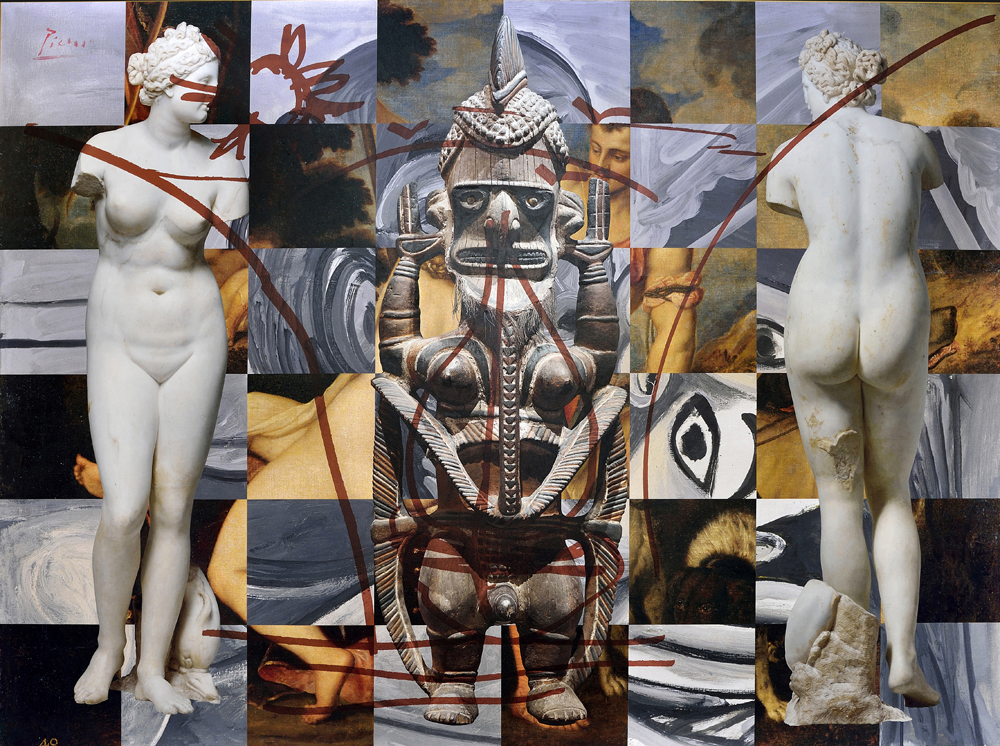
Article -
Barcelona’s Carrer d’Avinyó is a street famous for its brothel and prostitutes...
See content : New season, new exhibitions: tickets now on sale
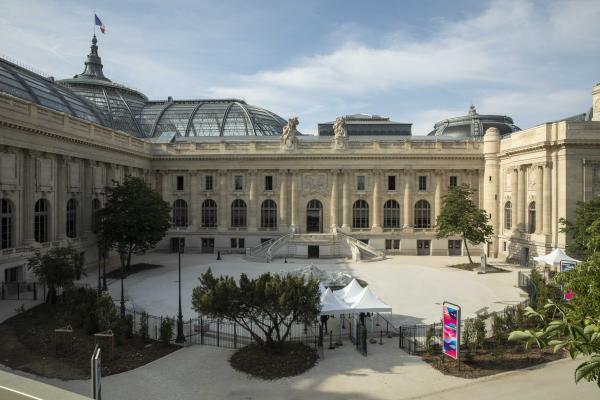
Article -
Ticketing for our upcoming exhibitions is now open!
See content : What can families do at the Grand Palais right now?
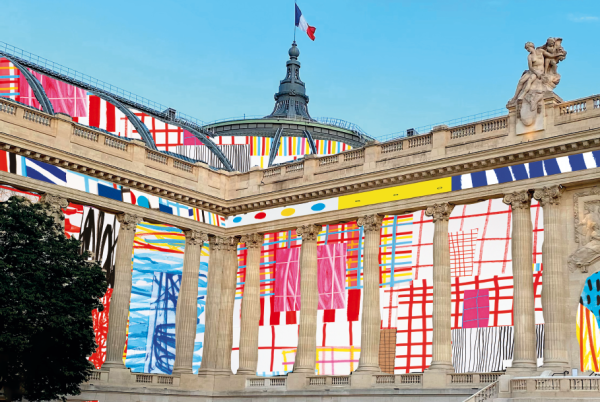
Article -
This autumn, there's no need to choose between art, science and discovery: the Grand Palais brings them all together for you. So get your curious, your dreamers, your players ready... and discover the program for the coming weeks!